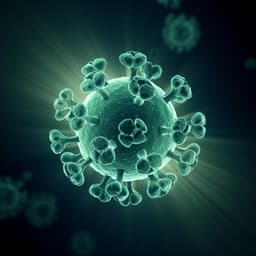
Medicine and Health
Mathematical modeling of COVID-19 in 14.8 million individuals in Bahia, Brazil
J. F. Oliveira, D. C. P. Jorge, et al.
This groundbreaking research by Juliane F. Oliveira and colleagues delves into the dynamics of COVID-19 in Bahia, Brazil, shedding light on the critical role of reducing transmission rates amidst ongoing challenges. Their findings highlight the urgency of addressing asymptomatic cases and the impact of healthcare policies during the pandemic.
Playback language: English
Related Publications
Explore these studies to deepen your understanding of the subject.







